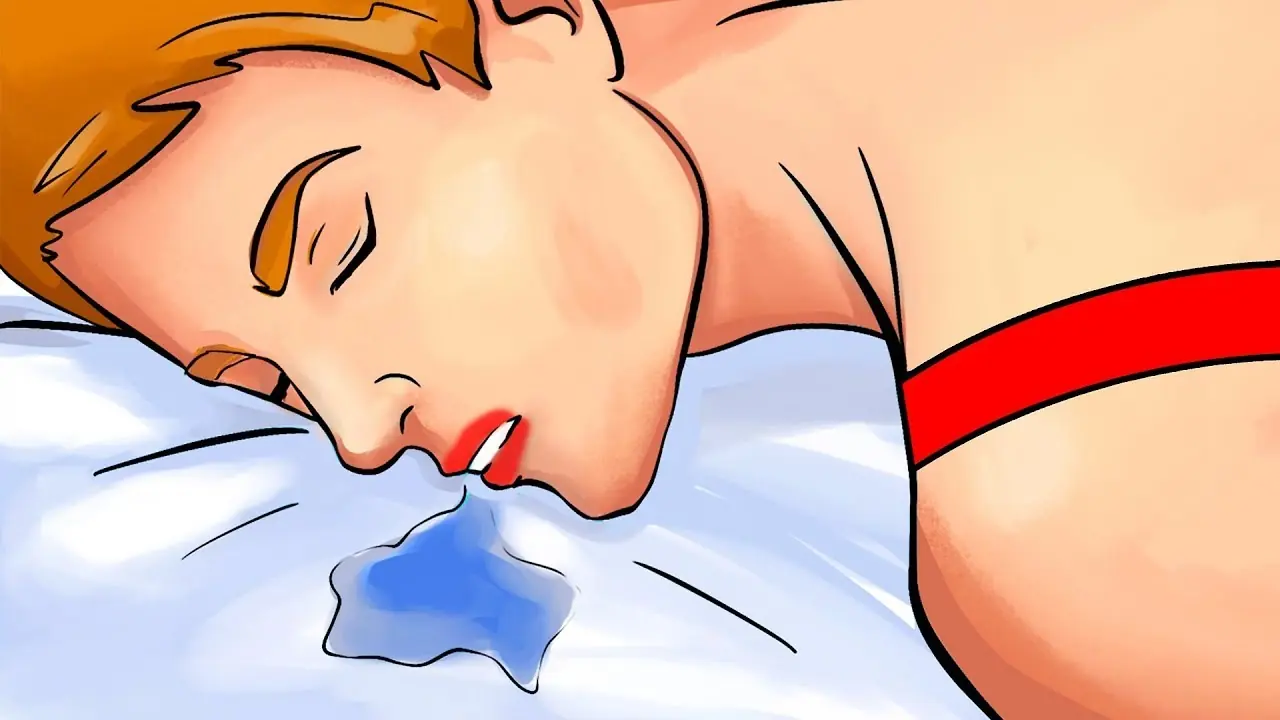
Signs You May Be Living With High-Functioning Anxiety
High-functioning anxiety is a term used to describe individuals who live with anxiety but manage to function well in various areas of their lives, such as work, relationships, and social situations. Unlike traditional anxiety disorders that might be more visibly disruptive, high-functioning anxiety often goes unnoticed by others—and sometimes even by the individuals themselves. People with this form of anxiety often appear successful, composed, and in control on the outside, but internally, they may struggle with excessive worry, self-doubt, and a constant fear of failure.
What Is High-Functioning Anxiety?
Although high-functioning anxiety isn’t a recognized clinical diagnosis in the Diagnostic and Statistical Manual of Mental Disorders (DSM-5), it's a very real experience for many people. It's often associated with generalized anxiety disorder (GAD) but differs in how symptoms manifest externally. Instead of shutting down or avoiding responsibilities, individuals with high-functioning anxiety use their anxiety as a driving force to stay ahead, be productive, and meet high expectations—sometimes to the point of burnout.
Common Signs of High-Functioning Anxiety
-
Overthinking and Constant Worry
You might constantly overanalyze conversations, decisions, or outcomes. Even after receiving reassurance, you continue to second-guess yourself. You worry excessively about the future, your performance, or how others perceive you. -
Perfectionism
People with high-functioning anxiety often set unrealistically high standards for themselves. They fear failure and feel a deep sense of disappointment when they fall short, even if their accomplishments are impressive by others’ standards. -
Fear of Disappointing Others
A strong need to please others and fear of letting them down can drive your decisions. This fear can lead to people-pleasing behaviors, overcommitting, and avoiding conflict at all costs. -
Need for Control
You might find it difficult to delegate tasks or trust others to do things “the right way.” Maintaining control is one way to cope with underlying anxiety, even if it leads to stress and exhaustion. -
Procrastination Followed by Overdrive
You may delay starting tasks due to anxiety about doing them perfectly, only to later work in intense bursts of productivity to meet deadlines. This cycle can create chronic stress and feelings of guilt. -
Physical Symptoms
Though you may appear calm, your body tells a different story. Tension headaches, muscle tightness, digestive issues, fatigue, and sleep disturbances are all common physical signs of underlying anxiety. -
Restlessness and Inability to Relax
Even during downtime, you may struggle to truly unwind. Your mind races with thoughts about what still needs to be done or worries about future scenarios. Relaxation might feel undeserved or anxiety-inducing. -
Success Driven by Fear, Not Passion
While you might be achieving goals and receiving praise, your motivation may be rooted in fear—fear of failure, of being judged, or of not being “enough.” This creates a never-ending cycle of pushing yourself harder, without ever feeling satisfied.
Why It Often Goes Unnoticed
High-functioning anxiety is often hidden behind smiles, achievements, and a can-do attitude. People may praise you for your work ethic and reliability, unaware of the internal turmoil you’re experiencing. Because you don’t “look anxious,” you may not seek help—or may feel you don’t deserve to.
What You Can Do
If you recognize yourself in these signs, know that you're not alone, and help is available. Talking to a mental health professional can provide clarity and support. Mindfulness practices, regular exercise, journaling, and learning to set boundaries can also help reduce anxiety over time. Most importantly, remember that you don’t need to earn rest, and you are allowed to feel anxious even if things appear “fine” on the outside.
News in the same category


World-first sperm race is happening soon and the creators have revealed how it will work

Scientists Grow First Fully Formed Tooth In Lab — A Groundbreaking Breakthrough

New COVID Wave Surges — Health Officials Sound Alarm As Cases Double

10 Things That Men May Find Unattractive About Women Over 50

8 Signs You Might Be Affected by Lactose Intolerance

Understanding Diabetes: Types, Symptoms, Risks, and How to Manage It

Doctors Highlight A Rare Cancer Symptom That Can Appear On Your Toenails

Stroke Warning Signs: When Your Body Sends a Silent SOS

Understanding Cholesterol: The Good, the Bad, and How to Keep It in Check

Only 1 Cup a Day: Choose 1 of These 3 Drinks to CLEANSE Your Fatty Liver!

SHOCKING Tips to Lower Cholesterol! Foods You Need to Know!

7 Kinds of Pain That Shouldn't Be Ignored

Natural Nighttime Elixir: Reduce Belly Fat in Four Days Safely

10 Reasons You’re Drooling While You Sleep and What It Could Mean

Scientists Successfully Grow Human Teeth in Lab — A Breakthrough in Dental Regeneration

The 4 Dangerous Qualities of “Dark Empaths”

7 SHOCKING Benefits of Cayenne Pepper You Never Knew!

What Is Brain Fog? Scientists Are Finally Starting to Find Out

70-Year-Old Woman Who Used Her Deceased Son's Sperm to Have His Child Through Surrogacy Shares Update After Birth
News Post

URGENT: These Foods Improve Circulation INSTANTLY!

THEY BEGGED ME TO QUIT MY JOB TO WATCH MY GRANDKIDS – NOW THEY'RE DUMPING ME FOR DAYCARE

Grandma Saw the Sweater She Knitted for Her Granddaughter Donated and Decided It Was Time for a Talk About Appreciation

My Late Mom Left Me a Trust Fund, but My Dad Took Money from It for His Stepdaughter — I Finally Retaliated

My Husband Made Me Sell My Apartment to Pay Off His 'Business Debts' After Being 'Dumped' by His Partner — But It All Turned Out to Be a Lie

My Landlord Raised My Rent Because I Got a Promotion — Big Mistake Messing With a Single Working Mom of Three

All the Guests Brought Black Gifts to My Birthday Party — If Only I Knew What Was Coming

Cleaner Stepped Into a Stranger’s Home

My Mom Avoided Me for Years

My Best Friend Asked Me to Watch Her Kids for an Hour – I Didn't See Her Again for 7 Years

My Husband Had Been Secretly Transferring Money from Our Joint Account to My Best Friend for Months

Doctors make disturbing discovery in the brains of heavy alcohol drinkers that 'can cause long-term effects'

World-first sperm race is happening soon and the creators have revealed how it will work

Scientists Grow First Fully Formed Tooth In Lab — A Groundbreaking Breakthrough

New COVID Wave Surges — Health Officials Sound Alarm As Cases Double

10 Things That Men May Find Unattractive About Women Over 50

8 Signs You Might Be Affected by Lactose Intolerance

Understanding Diabetes: Types, Symptoms, Risks, and How to Manage It

Doctors Highlight A Rare Cancer Symptom That Can Appear On Your Toenails

